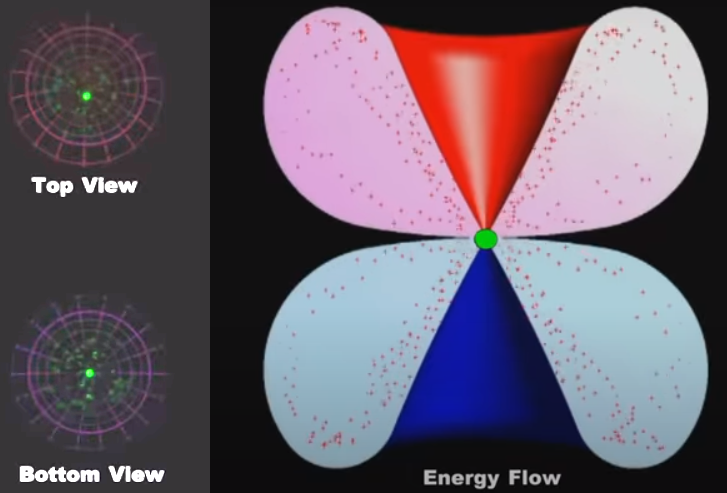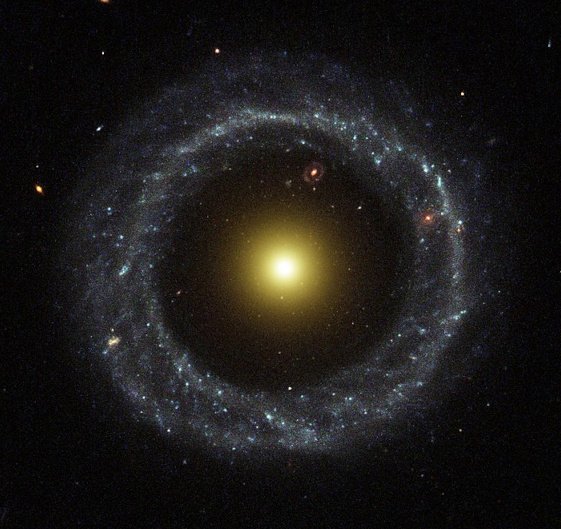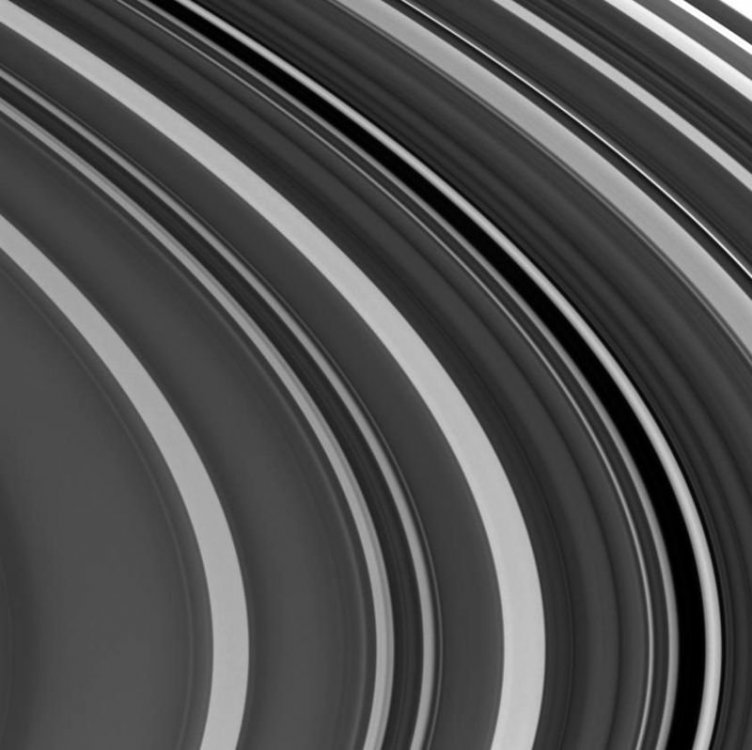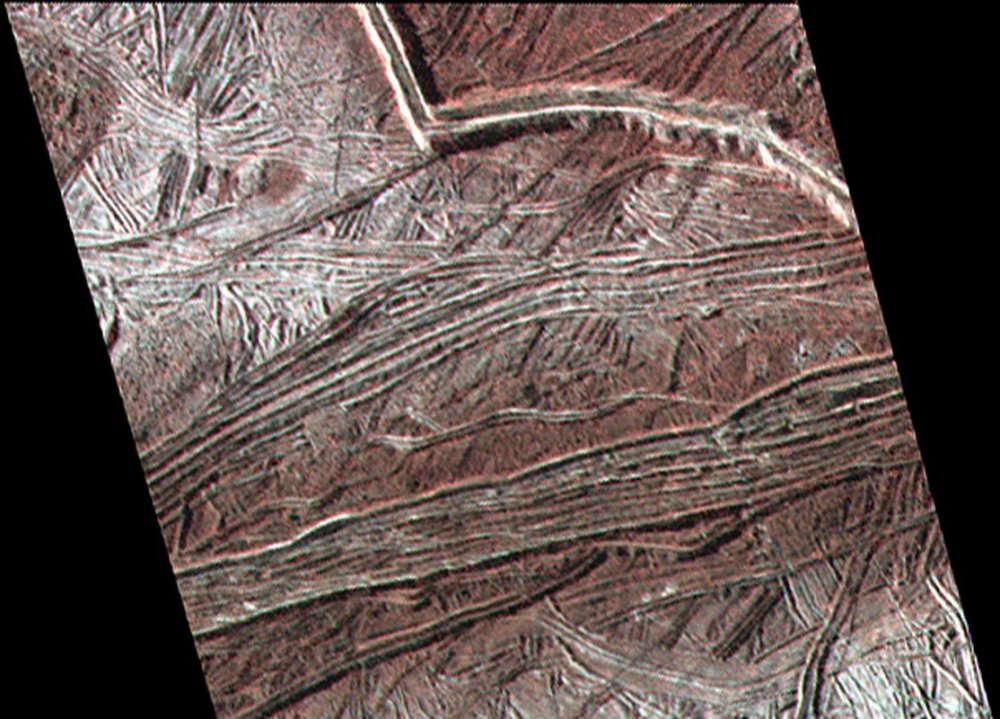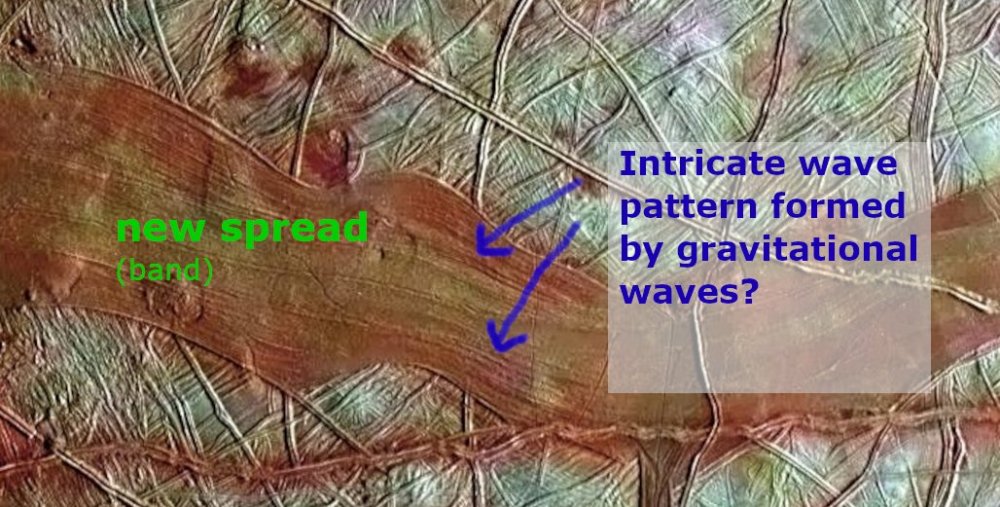

robert1978bp
Members-
Posts
7 -
Joined
-
Last visited
Recent Profile Visitors
The recent visitors block is disabled and is not being shown to other users.
robert1978bp's Achievements

Lepton (1/13)
1
Reputation
-

Model of a photon (split from A wave of what? )
robert1978bp replied to robert1978bp's topic in Speculations
I can only give you my interpretation of it based on the video... might not be accurate, things will probably get lost in translation.. first see the attached illustration, it sums it up.. The model describes the photon as sort of a point (green disk on the diagram) with no definite boundaries where flow of energy is concentrated, accelerated. Outside photon, where energy is not concentrated and is weaker can be describe as the photon's field. During interaction with other particles/matter the photon itself might miss the collision and not get absorbed, but its field would still interact, hence changing its direction depending on the wavelength like in the case of the prism experiment. Besides the prism experiment, he claims to have the age old double-slit experiment "finally" solved, and gives seemingly reasonable explanation also on how light seems to slow down in certain mediums... These both are demonstrated in the video.. His model does not collide with the mainstream idea of photons having different energies measured by wavelength/frequency, it is just that he the idea of how the photon is built up is pushed further, in a manner that might not be a dead end street. His model to me is lot more elegant than say describing the behavior of light with quantum mechanics. "What is evidence that this is correct?" What would qualify as such?.. Based on my knowledge on what I know about the photon, I could not simply refute it hence asking the forum's opinion.. -
what do you guys think of David LaPoint's model of the photon? forward to 3:35 if the embedding did not
-
Interesting video on how voltage passing through an electric wire is being compared to waves passing through water.. The whole thing is worth watching but at 10:25 is where the results of the experiment is really starting to show..
-

Gravitational waves embossed on Europa?
robert1978bp replied to robert1978bp's topic in Astronomy and Cosmology
But wouldn't that field be produced by a graviton traveling in a wavelike manner? Like a photon traveling as electromagnetic radiation to produce the electromagnetic field... In spiral galaxies the arms are created by combination of the angular momentum and gravity of the supermassive black-hole at the center. Now, in this ring galaxy below the center is a very slow rotating black hole so the spiral arms are missing. However gravity is still in effect with lighter areas on top and darker areas sloping downwards in a 3D wave like pattern. -

Gravitational waves embossed on Europa?
robert1978bp replied to robert1978bp's topic in Astronomy and Cosmology
What about Saturn's rings? (see attached) Similar pattern compared to Europa's surface. I assume these rings are the results of gravitational waves also.. Also I just noticed that these are not Sine waves but Square waves. I think the larger waves you mention are actual seen in spiral galaxies (created by more mass from the galactic center), where most of the stars and nebula residing on the "top" of the waves. -
robert1978bp started following Pangaea ? and Gravitational waves embossed on Europa?
-
I have noticed that bands on Europa contain smaller intricate wave like patterns. I assume that these "waves" were not created after the widening of the spread, but simultaneously. Could these be caused by gravitational waves emitted from Jupiter? What do you think...
-
I have been fascinated with the subject for many years. I am here to learn, positively argue, but not to battle in this controversial matter. To my understanding here are the scenarios that exists on how the continents are getting farther away from each other that can also be reversed in time to understand how these continents have been joined together in the past. Plate Tectonics: mainstream argument, basis for the Pangea "island". In this case continents were joined on one side of the globe, while the rest was covered with oceans. In plate tectonics the oceanic crust is constantly being recycled, rising at fault lines from a slushy magma underneath, spreading, creating ridges, subducting in other places under the continental crust. The older lighter material (continental plate) float above the denser newer material (oceanic plate). Denser material dives under the continental plate, mountains are created, volcanos channel the magma released where the subduction curve meets the magma. This recycling mechanism of the oceanic crust does not effect the size of Earth's radius in a major way. -- My main problem with plate tectonics is the subduction part. I've looked at sea floor maps and see no evidence of subduction, but rather that the so called oceanic and continental plates are ONE. The only separation of these giant plates occur at fault lines, and if fault lines happen to be under a so called continental plate, then ridges (mountains) are being created in a same way that we see them being created at the bottom of oceans (like the mid-Atlantic ridge for ex.). Now if subduction was to take place in the California region for example (and hence causing the Pacific chain of mountains) then the Oceanic crust should be the oldest here being California the final stage where the sea floor takes a dive as it subducts. But sea floor age map shows the opposite. The material at this fault line is NEW spreading in both direction (in this case East and West). This phenomena is the SAME FOR ALL THE FAULT LINES around the globe, so the possibility that these could be an entrance for an oceanic plate to dive into is eliminated. The way I see, California ridge is constantly being created by the newly emerging material from underneath pushing the lighter (and older) crust not only upwards but TO THE SIDEs also. Because this happens over a long time, meanwhile erosion is also work at hand the mechanism is not as obvious. Also on all terrestrial planets in our Solar System the phenomena of spreading is evident, but subduction is not. Expanding Earth. This theory argues that the Earth has a larger radius now than in the past but with the same mass. In this case continents were joined together on all sides in the past without significant room for oceans between them. Heavier elements like iron were still mixed with lighter elements at the surface, which held the structure together uniformly. As iron started to sink deeper into the Earth's center, the inner part started getting denser, the outer lighter material was left to expand eventually cracking giving way to fault lines. Then these upper lighter pieces started floating above the newly exposed magma. Inflating balloon with dots moving away from each other is used commonly to illustrate this example. -- I am still in the process of completely understanding expanding theory and its related possibilities. Seems very intricate if we consider gravity, tidal, convectional forces, but perhaps worth investigating. Could there be immense hollow areas beneath the Earth, or sponge like structures keep getting stretched by tidal forces perhaps? What about other planets.. would this theory fit to explain spreading in a convincing manner? As I understand unfortunately our current scientific knowledge /instruments are preventing us from exploring the subject in more detail. Growing Earth: Earth with a radius and mass that is constantly growing. Similar to expanding Earth theory, continents were joined together in the past on all sides without significant room for oceans between them. As more mass was acquired underneath, spreading started to occur at fault lines hence the top land (older land) getting farther away from each other. In this argument whether the land was completely covered with oceans or if the oceans were introduced later by another process is less significant than the question of where the additional mass came from, and is still coming from. The amount of solid material entering Earth's atmosphere cannot account for this process to be taken seriously. Pair-production, and a presently very narrow understanding of neutrino interaction are the two possibilities of explaining how the Earth acquired and is still acquiring additional mass, which is not happening at the surface level, but rather near or at the core level. It is interesting to me that all the experiments of neutrino detection are taking place deep inside the Earth as possible, giving me the idea that the immense amount of neutrinos passing through our Earth somehow do interact under unknown conditions, hence making way for generating additional mass which originated from the Sun's core. Combination of some or all of the above: At this point I would say that the combination of all of the above (minus subduction) makes more sense than plate tectonics alone that includes subduction. Note that both expanding earth and growing earth suggest that the continents not only join in the Atlantic, but also in the Pacific. What do you think?

